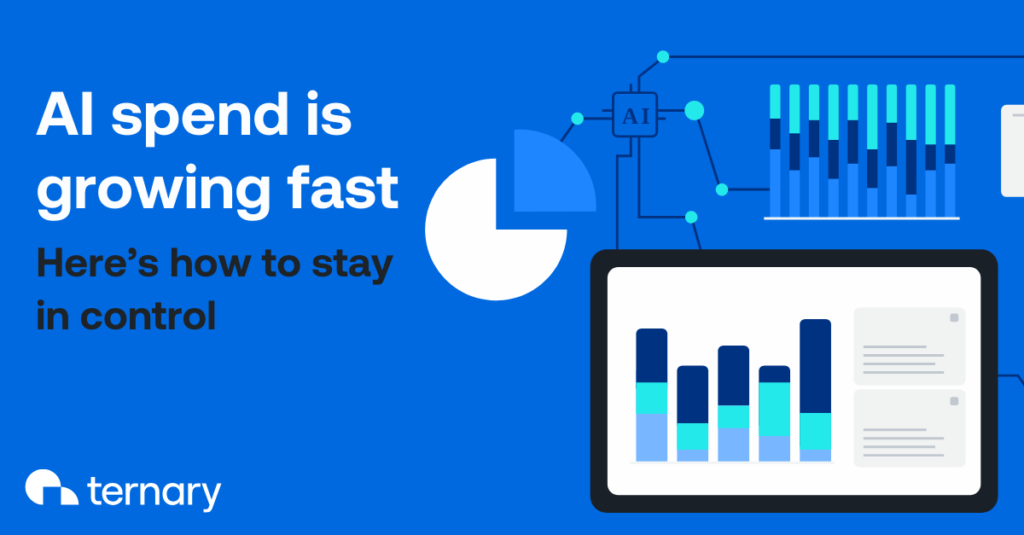Artificial Intelligence (AI) adoption is accelerating. So is the spend. The State of FinOps 2025 report highlighted that 63% of organizations are managing AI spend, up from 31% in 2024. Based on my conversations with customers and partners, many organizations have not yet fully grasped the cost of AI workloads. Without visibility, organizations will struggle to budget, forecast, and optimize spending. Moreover, delayed cost tracking may result in unexpected overruns, while the lack of guardrails lets costly experiments run unchecked.
If you’re sponsoring or scaling AI initiatives, you’ve probably noticed the pattern: increasing GPU costs, long-running training jobs, and a growing need to connect that spend to measurable outcomes. This isn’t cause for panic. It’s a familiar story. We’ve seen this before with Kubernetes, Big Data, and serverless—innovations that delivered massive value but required a period of disciplined cost management to keep things on track.
The good news? The playbook that worked then still works now.
Step 1: Start with visibility
If you can’t see it, you can’t manage it. Every model, every phase of training, and every endpoint needs clear ownership and metadata. Proper tagging, labeling, and cost attribution ensure you know:
- Who’s running what?
- Why is it running?
- What phase is it in?
- What’s the intended outcome?
This isn’t about slowing things down. It’s about creating the visibility needed to make smart decisions—across engineering, data science, and finance.
Step 2: Break AI into phases
AI workloads aren’t a monolith. There’s data prep, model training, tuning, inference, and deployment—each with its own cost profile, tooling requirements, and performance benchmarks.
Lumping these phases together masks inefficiencies. The most effective teams are measuring cost and performance per phase, per model version, and per use case. That’s where real insights emerge—and where unnecessary costs get caught early.
Step 3: Tie spend to outcomes
Any spend without context is noise. $300K on training a model means little without understanding:
- What business function does this enhance?
- What measurable outcome improved?
- What’s the expected ROI (even if it’s R&D)?
The best teams tag AI work by intent—revenue-driving, productivity-enhancing, or experimental—and review that spend regularly.
Step 4: Close the loop between data and action
Great tools generate great data, but they don’t create accountability.
That’s where FinOps teams come in. Their role is to build the feedback loop between AI teams and the business—turning cost visibility into better decisions. This isn’t just about monitoring spend; it’s about aligning AI work with business goals and adjusting course when needed.
AI may be new. The pattern isn’t.
This isn’t new—it’s just the next version. Every wave of innovation brings a burst of activity, rising complexity, and delayed cost awareness. The fix isn’t to reinvent cost management—it’s to apply what we’ve already learned:
- Start with visibility.
- Break down the workload.
- Tie spend to outcomes.
- Build the human loop.
Do that, and AI spend becomes another system to manage—not a runaway problem.

